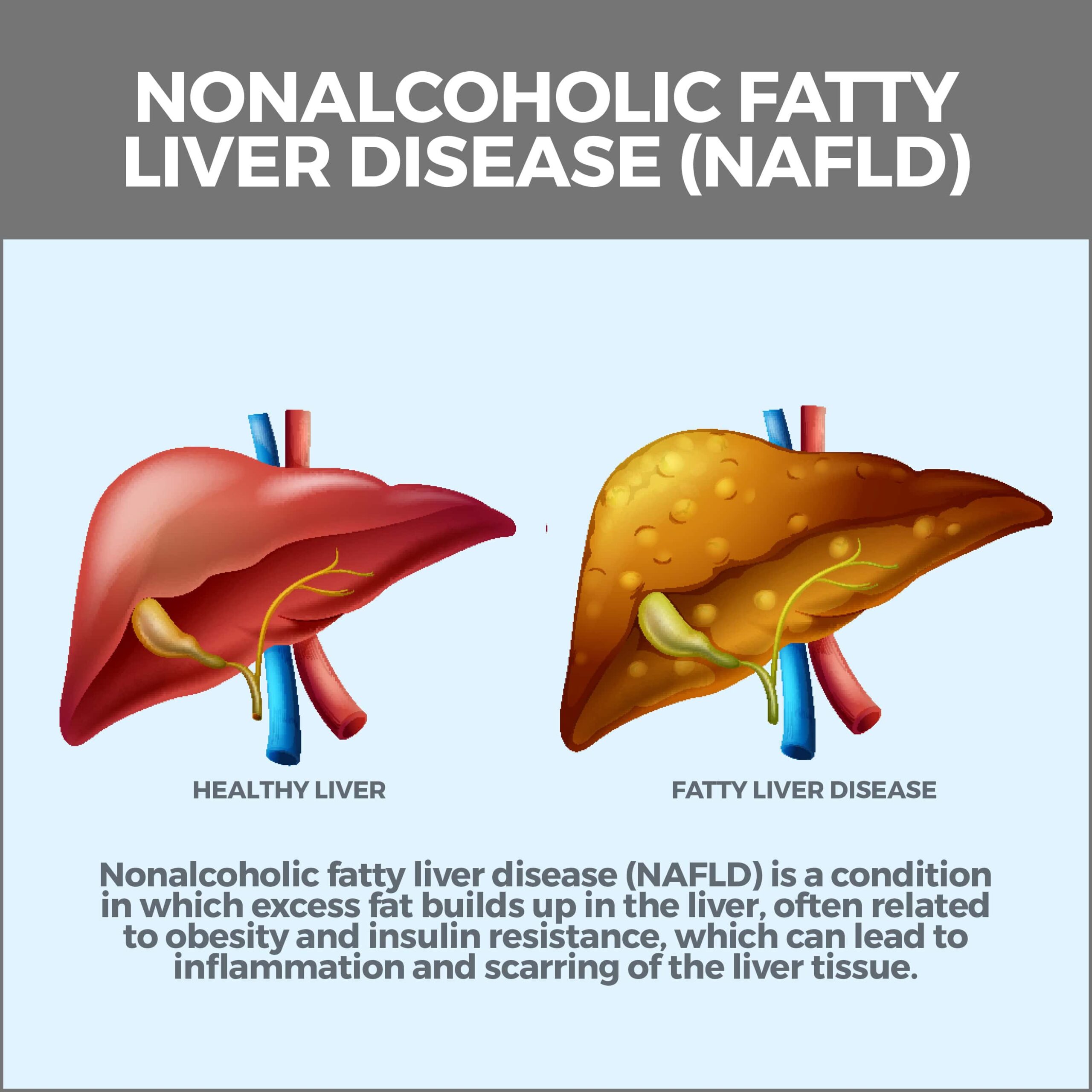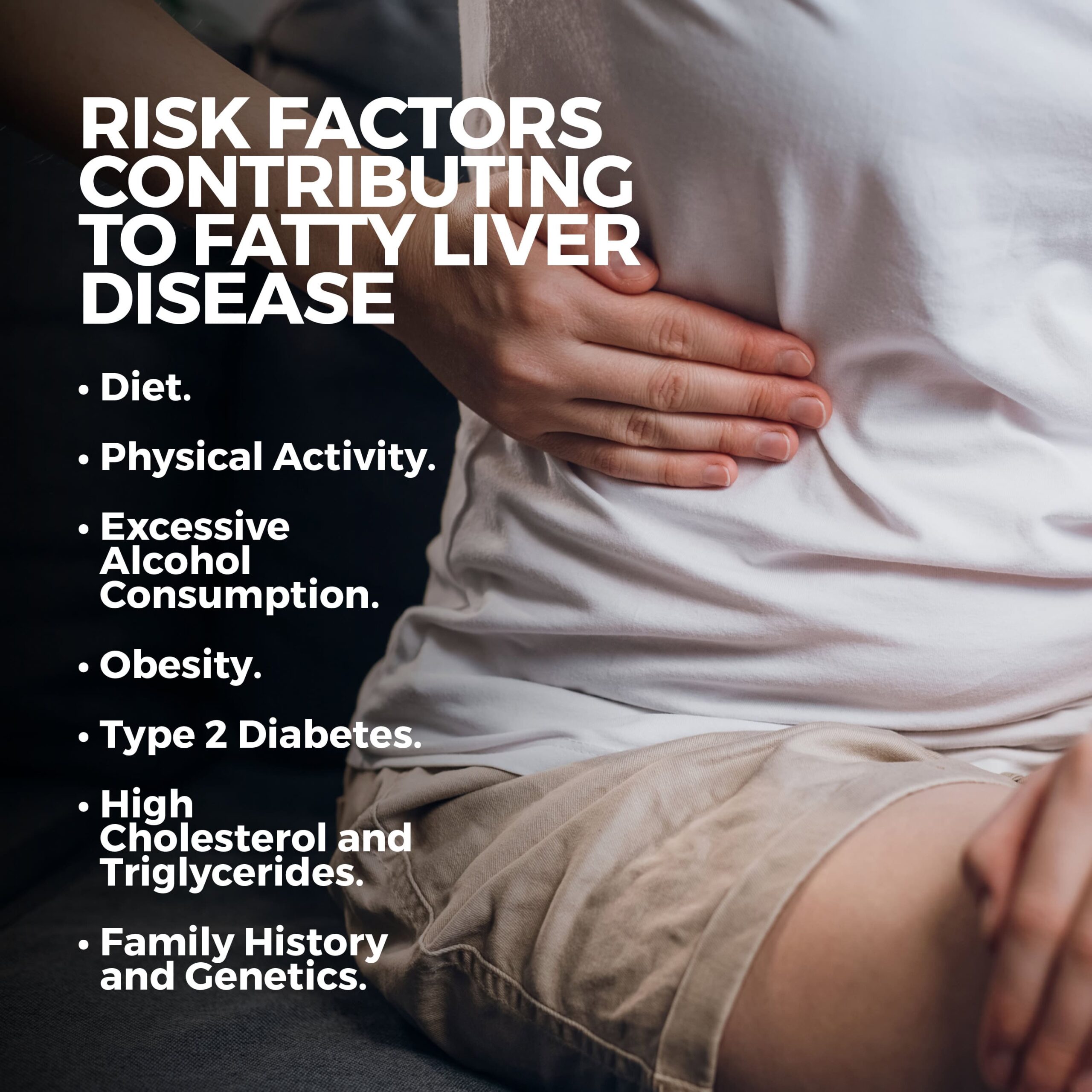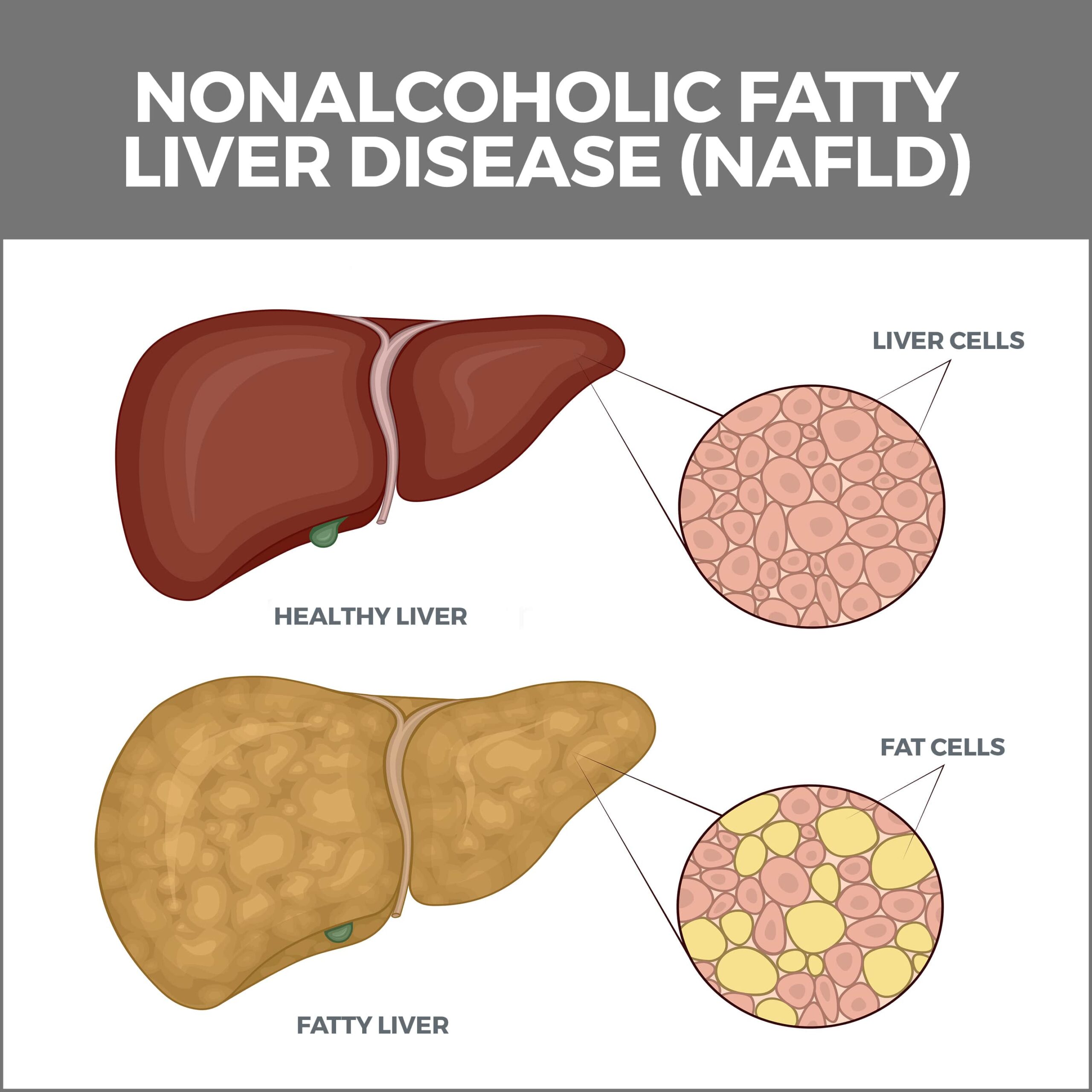
Understanding and Managing Fatty Liver Disease
Fatty liver disease happens when too much fat builds up in your liver cells. It’s a big problem that’s growing in our society. It can cause serious health problems if not dealt with. This disease has two main types: non-alcoholic fatty liver disease (NAFLD) and alcoholic liver disease (ALD). NAFLD is often due to an unhealthy lifestyle, while ALD is caused by drinking too much alcohol.
Understanding Fatty Liver Disease
Fatty liver disease happens when your liver has trouble breaking down fats, and they build up to 5% or more in your liver cells. This can lead to health problems like liver cancer or liver failure. What’s tricky about this disease is that it often doesn’t have obvious symptoms, so regular health check-ups are essential to catch it early.
Types of Fatty Liver Disease
Understanding the root causes of fatty liver disease is critical, as this condition can be associated with many health complications if left untreated. The disease is mainly categorized into two types based on their causes.
1. Alcoholic Fatty Liver Disease (AFLD): As the name suggests, this type of fatty liver disease is primarily associated with excessive alcohol consumption. The progression of the condition related to alcohol use can be divided into several stages:
- Simple fatty liver or alcoholic fatty liver: An initial stage where fat accumulates in the liver but might not necessarily be accompanied by inflammation.
- Alcoholic hepatitis: Characterized by liver inflammation due to prolonged heavy alcohol use.
- Cirrhosis: A severe and advanced stage of liver disease where the liver tissue becomes scarred, and its function deteriorates. Cirrhosis can result from prolonged alcoholic hepatitis or from long-standing fatty liver.
2. Non-Alcoholic Fatty Liver Disease (NAFLD): This is unrelated to alcohol consumption and is more associated with conditions like obesity, type 2 diabetes, high blood pressure, and high cholesterol. NAFLD can be further subdivided into:
- Simple fatty liver or non-alcoholic fatty liver (NAFL): Fat accumulates in the liver, but there isn’t significant inflammation or liver damage.
- Non-alcoholic steatohepatitis (NASH): This is a more severe form where, in addition to fat, there is liver inflammation and liver cell damage. NASH can progress to cirrhosis and liver cancer in some cases.

Both types of fatty liver disease can lead to severe complications if not addressed. The key to managing either type is recognizing the risk factors and making appropriate lifestyle changes. Regular monitoring and consultation with a gastroenterologist can also help manage the condition effectively.
Risk Factors Contributing to Fatty Liver
Among the risk factors contributing to fatty liver disease are:
- Diet: Consuming a diet high in saturated fats, refined sugars, and processed foods can increase the risk of developing non-alcoholic fatty liver disease (NAFLD). This includes foods rich in trans fats, fried foods, and sugary beverages.
- Physical Activity: A sedentary lifestyle, characterized by little to no regular exercise, can lead to weight gain and increased fat accumulation in the liver. Physical activity helps in weight management and improves insulin sensitivity, thus reducing the risk of NAFLD.
- Excessive Alcohol Consumption: Regular and heavy alcohol intake is the primary cause of alcoholic liver disease (ALD). The liver breaks down alcohol, but excessive amounts can overwhelm the liver’s processing capacity, leading to fat buildup, inflammation, and eventually scarring.
- Obesity: Carrying excess weight, especially around the abdomen, increases the risk of NAFLD. Fat cells, especially those in abdominal fat, release inflammatory markers that can damage the liver.
- Type 2 Diabetes: Insulin resistance, where cells don’t respond effectively to insulin, can lead to increased fat storage in the liver.
- High Cholesterol and Triglycerides: Elevated blood lipids can contribute to fat accumulation in the liver.
- Family History and Genetics: A family history of fatty liver disease might indicate a genetic predisposition. Some genetic variations have been linked to a higher risk of developing NAFLD.

Preventing Fatty Liver Disease
Fatty liver disease is a condition that affects the liver, causing an accumulation of fat in its cells. Left unchecked, this can lead to liver inflammation, cirrhosis, or liver failure. Here are steps to help you prevent the onset of this condition:
1. Eating Healthy:
- Lean Proteins: Include fish, poultry, tofu, and beans in your diet. These are excellent sources of protein without the added fats.
- Whole Grains: Opt for brown rice, quinoa, barley, whole grain bread, and pasta. These are rich in fiber and help in digestion.
- Fruits and Vegetables: These are packed with essential vitamins, minerals, and fiber. They aid in digestion and provide necessary nutrients. A colorful plate often signifies a healthier meal.
- Limit Processed Foods: Reduce your intake of processed foods, sugary snacks, and beverages, as they can contribute to fatty liver.
2. Exercising Regularly:
- Engage in at least 150 minutes of moderate-intensity exercise every week. This can be broken down into 30-minute sessions five times a week.
- Incorporate aerobic exercises like walking, jogging, cycling, and strength training for optimal benefits. Regular physical activity helps burn extra fats, improve metabolism, and optimize liver function.
3. Moderate Alcohol Consumption:
- If you choose to drink, do so in moderation. Heavy and frequent alcohol consumption is a leading cause of fatty liver disease.
- Consider reducing your intake or abstaining entirely to protect your liver.
4. Regular Check-ups:
- Schedule routine visits to your gastroenterologist. This ensures early detection of any signs of fatty liver or other health issues.
- Regular blood tests can check liver enzyme levels, which can show if there’s a problem even before symptoms appear.
- Discuss any concerns with your doctor and seek advice on preventive measures.
Incorporating these habits into your daily routine can significantly reduce the risk of developing fatty liver disease and promote overall well-being.

Combatting Fatty Liver Disease
Fatty liver disease can often be addressed and sometimes reversed with the right interventions. One can support liver health and overall well-being by adhering to specific lifestyle changes and seeking regular medical guidance.
- Lose 3-5% of body weight to decrease liver fat.
- Adopt a balanced diet: Increase fiber, limit saturated fats, and reduce alcohol.
- Engage in regular exercise, like walking or cycling.
- Monitor medication intake and avoid potential liver-damaging drugs.
- Reduce exposure to toxins in the environment and specific products.
- Manage coexisting health conditions, such as diabetes or high cholesterol.
- Stay educated about the stages and symptoms of the disease.
- Limit dietary supplements without physician guidance.
- Undergo regular health screenings for timely detection of liver health changes.
- Join support groups for emotional strength and shared experiences.
Contact Us
Fatty liver disease can be a severe problem, but it’s something you can stop from happening and take care of if you have it. Knowing if you’re at risk, living healthier, and regularly seeing your gastroenterologist can help immensely.
Contact us today. The team of professionals at GastroMD looks forward to working with you. We are one of the leading gastroenterology practices in the Tampa Bay area. We perform a host of diagnostic procedures using state-of-the-art equipment in a friendly, comfortable, and inviting atmosphere where patient care is always a top priority.



